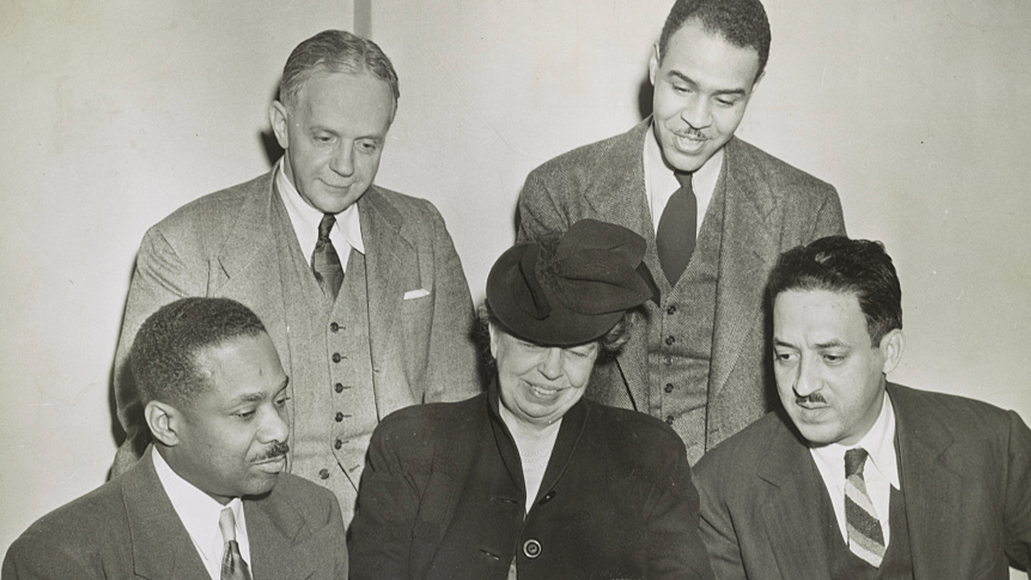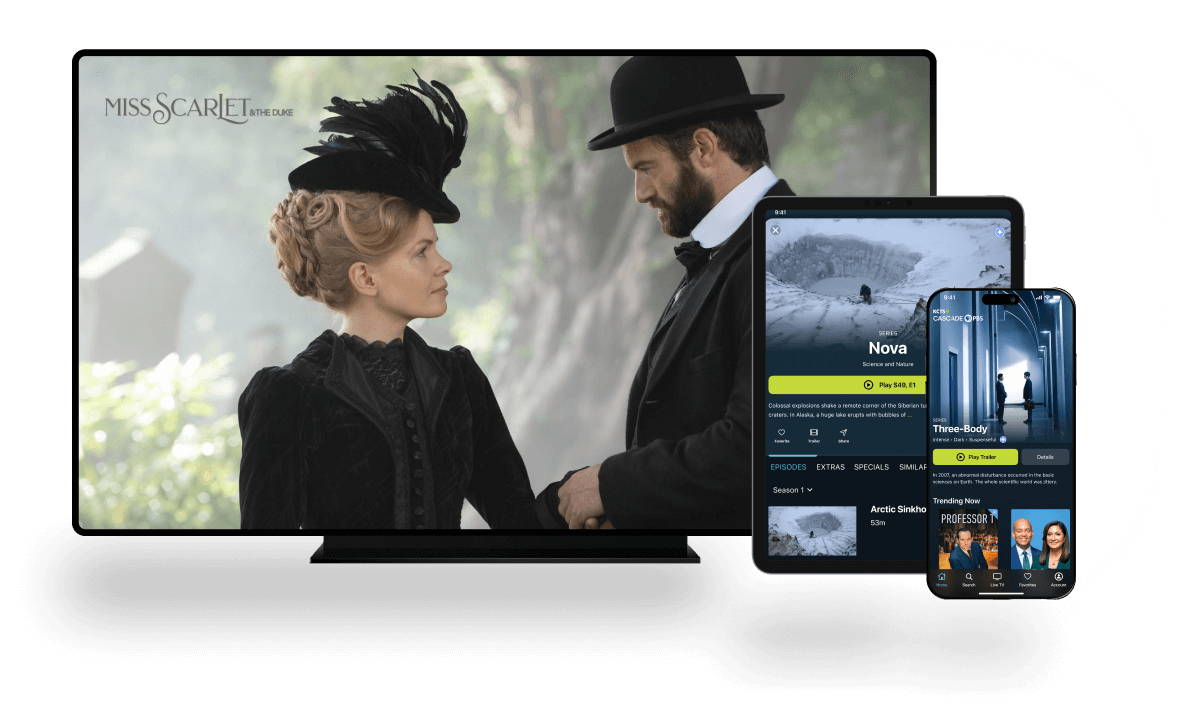
American Experience
Who's Who
Show title: American Experience
Video title: Who's Who
Video duration: 1m 0sVideo description: Who's who of the Iran Hostage Crisis.
Watch Preview

Amelia Earhart Preview
30s
The first woman to fly solo across the Atlantic, Amelia Earhart was one of America's first celebrities. After only a few years as a pilot she became the best-known female flier in America, not only for her daring and determination but also for her striking looks and outspoken personality. Three weeks before her 40th birthday Earhart disappeared over the Pacific Ocean, and her story became legend.
Watch Preview

Trailer | Woodstock
2m 1s
In August 1969, nearly half a million people gathered at a farm in upstate New York to hear music. What happened over the next three days, however, was far more than a concert.
Watch Clip

Valerie Anders
1m 13s
Valerie Hoard married William Anders in 1955. In 1968, Bill Anders was one of three astronauts aboard the Apollo 8.
Watch Preview

PBS Previews: Chasing the Moon | Trailer
30s
Go behind the scenes with the production team to get a sneak peak of Chasing the Moon, a film by Robert Stone coming to PBS this Summer.
Watch Clip

Poppy Northcutt: Return to Earth Specialist
1m 16s
With other engineers, Frances “Poppy” Northcutt plotted return-to-Earth trajectories for Apollo 8. Northcutt’s team also troubleshot the Apollo 13 oxygen tank explosion emergency. She worked in the Space Program for five years.
Watch Clip

Wernher Von Braun: Rocket Scientist
1m 27s
In the 1930s, Wernher Von Braun’s rocket work was supported by the Nazi regime. At the end of WWII, the United States government enlisted von Braun’s expertise.. During the Cold War, his rocket work became valuable to America’s new space program.
Watch Clip

The Medical Committee for Human Rights
4m 9s
In June 1964, at the beginning of Freedom Summer, about 100 doctors, nurses and social workers traveled to Mississippi to provide medical care to civil rights workers and local community who couldn't receive adequate medical care in the segregated South. These caregivers were known as the Medical Committee for Human Rights (MCHR), and they became the medical arm for the civil rights movement.
Watch Preview

Sealab: Trailer
30s
In 1969 off the California coast, a US Navy crane carefully lowered a massive tubular structure into the waters. An audacious feat of engineering — a pressurized underwater habitat, designed for an elite group of divers to spend days or even months at a stretch living and working on the ocean floor. The little-known story of the daring program that tested the limits of human endurance.
Watch Clip

The Greely Expedition: Chapter 1
8m 4s
A daunting story of shipwreck, starvation, mutiny and cannibalism amongst a group left abandoned in the high arctic.
Watch Clip

Scott Carpenter: Astronaut to Aquanaut
1m 4s
An American astronaut and an aquanaut, Scott Carpenter was part of Project Mercury and operated the Aurora 7 spacecraft, which orbited the earth three times. He also joined U.S. Navy’s SEALAB project and stayed underwater for a record of 30 days.
Watch Clip

George Bond: Diving Pioneer
1m
George Bond studied the bodily effects of deep sea diving and shepherded the development of saturation diving. A doctor and a navy officer, he spearheaded Sealab I, II and III.
Watch Preview

Trailer: Extended | Chasing the Moon
3m 41s
In 1969, humanity paused and looked skyward to witness the impossible. Fifty years later, pause once again. CHASING THE MOON premieres across three nights, beginning July 8 on PBS.
Watch Clip

Surviving the Dust Bowl: Chapter 1
9m 8s
Surviving the Dust Bowl is the remarkable story of the determined people who clung to their homes and way of life, enduring drought, dust, disease — even death — for nearly a decade.
Watch Preview

The Swamp: Trailer
30s
The history of the Everglades is a dramatic yet little known story of humanity’s attempt to conquer nature.
Watch Clip

The Price of Feathers
3m 35s
Plume, an arrangement of feather as ornament, especially the prized plume from wading birds in the Everglades surpassed the price of gold. The mass killing of these birds soon led to anti-plume campaign by the Florida Audubon Society, with support from the Florida Federation of Women’s Clubs and resulted in grassroots conservation movement.
Watch Clip

The Okeechobee Hurricane of 1928
1m 30s
In the summer of 1928, heavy rainfall raised Lake Okeechobee’s water level three feet above normal. That fall, a hurricane smashed the coast of Florida, and the impact flooded Lake Okeechobee. The inland flood obliterated 21 miles of the 47-mile earthen and an estimated 2,500 people died in Southern Florida, most of them migrant farm workers.
Watch Clip

Marjorie Stoneman Douglas
1m 33s
Marjorie Stoneman Douglas advocated for conservation and joined the movement to make the Everglades a national park. In 1947, she published The Everglades: River of Grass and forever redefined the region as essential not only to wildlife, but to people.
Pagination
Supported by












